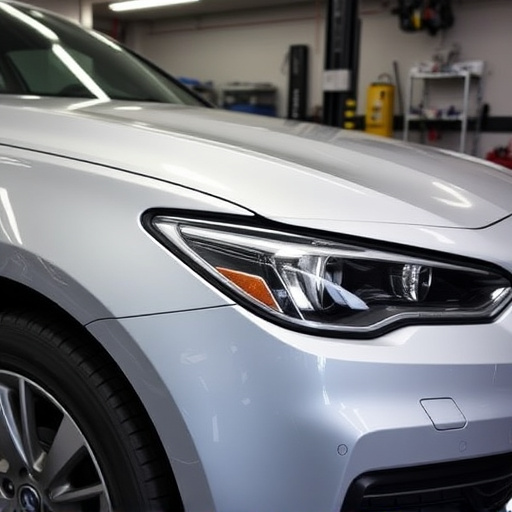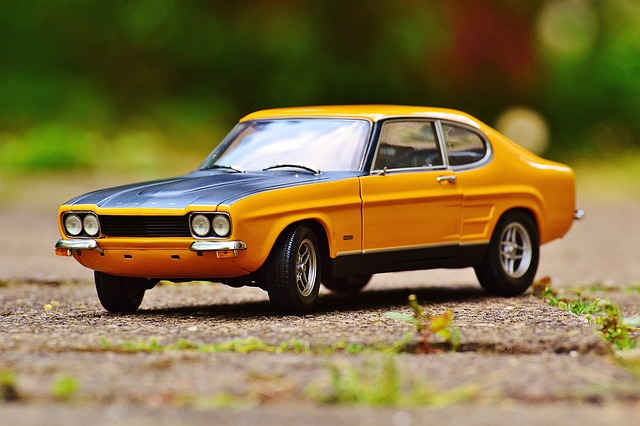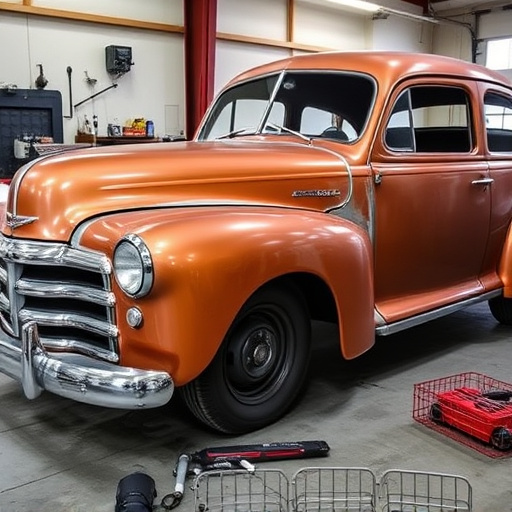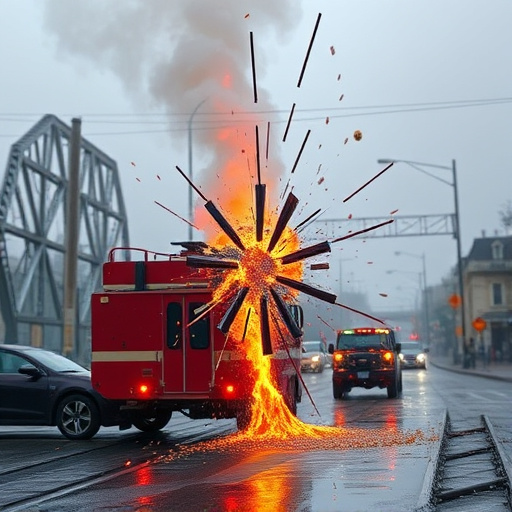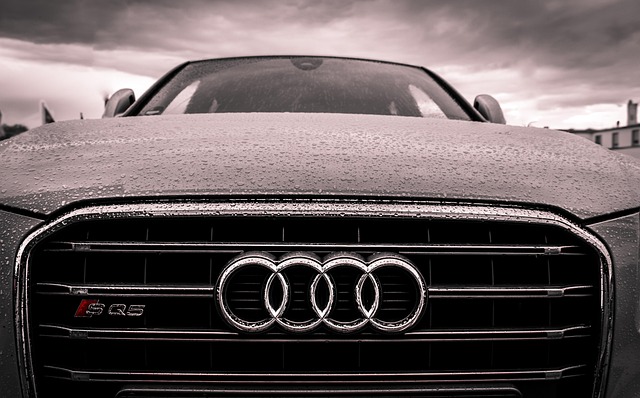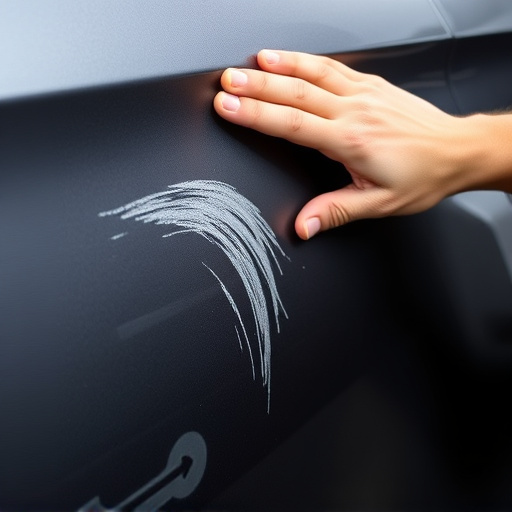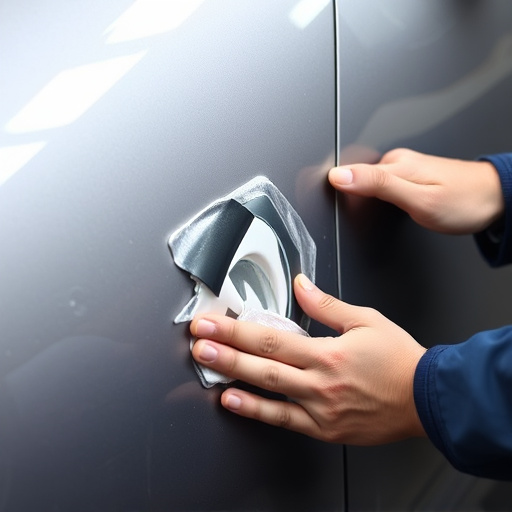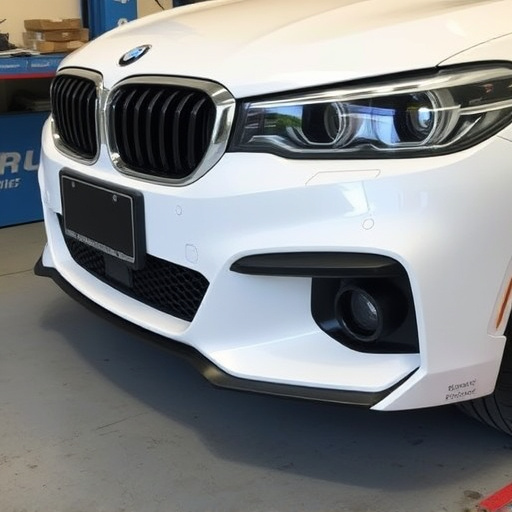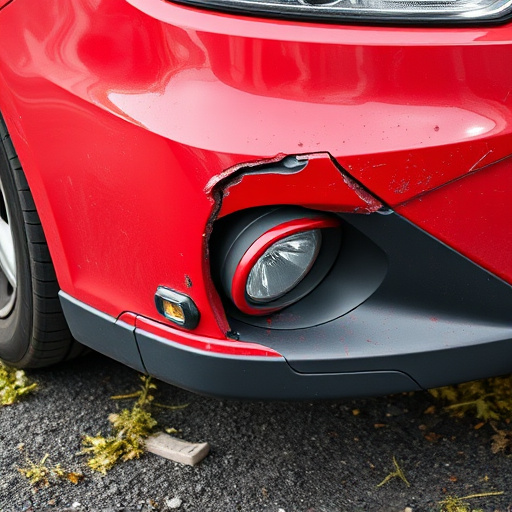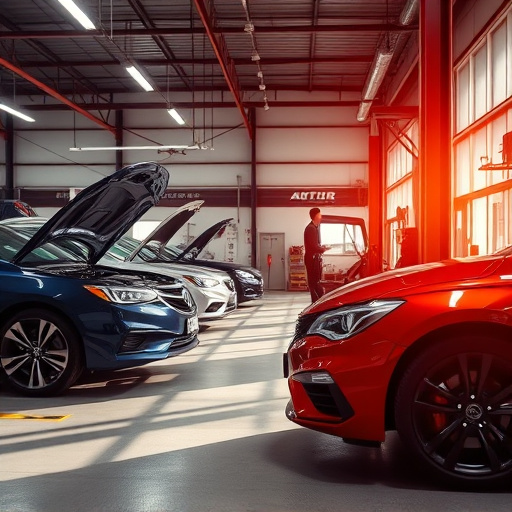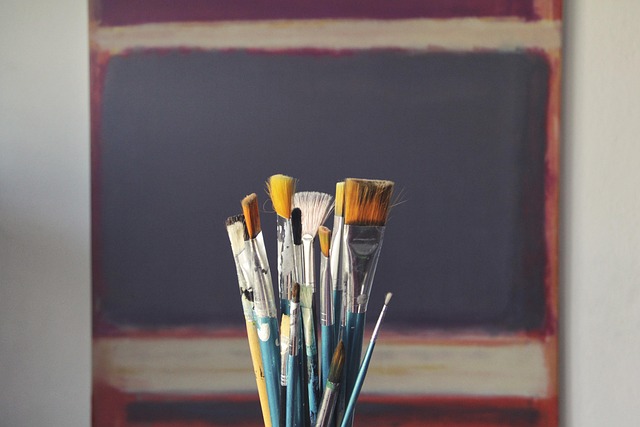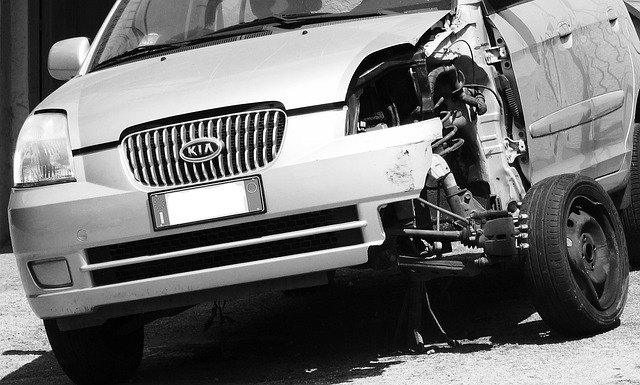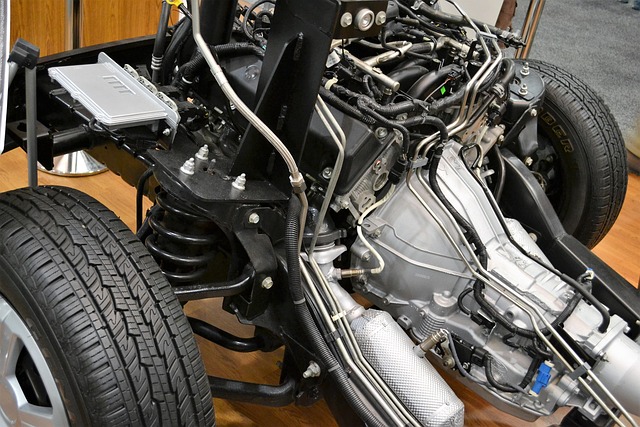Color perception is a complex interplay of light and brain interpretation. In automotive repair, achieving color matching excellence requires understanding light's interaction with surfaces under varying conditions to blend repairs seamlessly with existing colors. Color preferences carry psychological weight, influencing purchasing decisions, including choice of collision repair shops. Businesses aiming for color matching excellence harness these associations to enhance brand connections, customer satisfaction, and visual appeal, fostering positive reviews in the competitive automotive market. Advanced tools and meticulous techniques ensure superior results, building customer trust.
“Discover how color matching excellence shapes customer experiences and reviews! This article explores the intricate relationship between precise color interpretation and buyer satisfaction. We delve into the science behind color perception, uncovering the psychological factors that drive consumer preferences. Learn about powerful tools and techniques to achieve flawless color matches, ensuring your products meet expectations and foster positive reviews. Optimize your processes and elevate customer satisfaction with these insightful strategies.”
- Color Perception: How Our Eyes Interpret Shades
- The Psychology Behind Color Preferences in Buyers
- Ensuring Accuracy: Tools and Techniques for Perfect Matches
Color Perception: How Our Eyes Interpret Shades
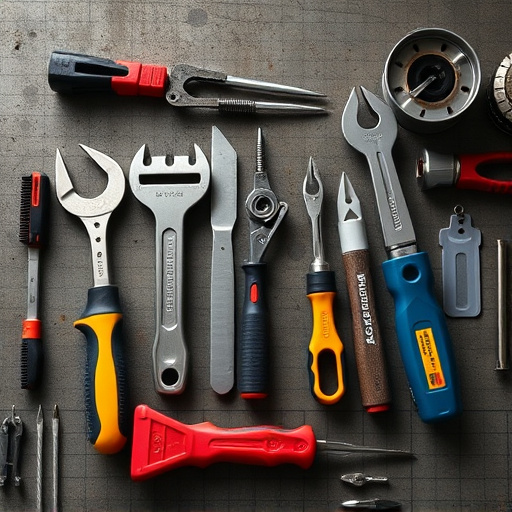
Our perception of color is a complex interplay between the eyes and brain. When light hits an object, specific wavelengths are absorbed while others are reflected back to our eyes. Our retinas contain specialized cells called cone cells that detect different types of light, with each type sensitive to a particular range of wavelengths—red, green, or blue. This information is then processed by the brain, which combines signals from all three types of cone cells to create the full spectrum of colors we see.
In the context of car body repair, tire services, and collision damage repair, color matching excellence is crucial. Even a slight discrepancy in perceived shade can lead to noticeable differences in the final finish. Professionals must consider not just the RGB values on a digital screen but also how light interacts with surfaces at varying angles and under different lighting conditions. This nuanced understanding of color perception ensures that repairs not only match existing colors perfectly but also maintain the aesthetic integrity and overall quality of the vehicle’s appearance.
The Psychology Behind Color Preferences in Buyers
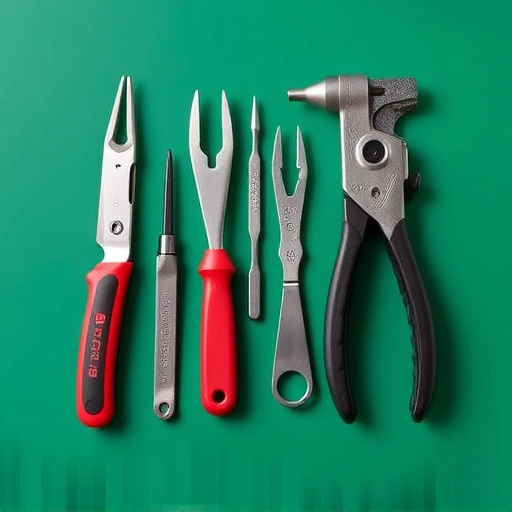
Color preferences are deeply rooted in human psychology, playing a significant role in shaping purchasing decisions, including those related to automotive body shops and collision repair services. Research suggests that colors evoke specific emotions and associations, which can influence buyer behavior. For instance, warm hues like red and orange often convey energy, passion, and excitement, making them popular choices for car dent repairs aiming to restore a vehicle’s appealing exterior. On the other hand, cooler tones such as blue and green are associated with calmness, trust, and security, preferences that might be more prevalent when selecting a collision repair shop known for meticulous work and reliable services.
Understanding these psychological nuances is essential for achieving color matching excellence in any trade, including automotive body shops. By aligning the chosen colors with the desired emotional response, businesses can enhance customer satisfaction and foster positive associations with their brand. This strategic approach to color selection not only contributes to a visually appealing end product but also creates a lasting impression that resonates with clients, potentially leading to more favorable reviews and word-of-mouth recommendations in the competitive market of collision repair services.
Ensuring Accuracy: Tools and Techniques for Perfect Matches
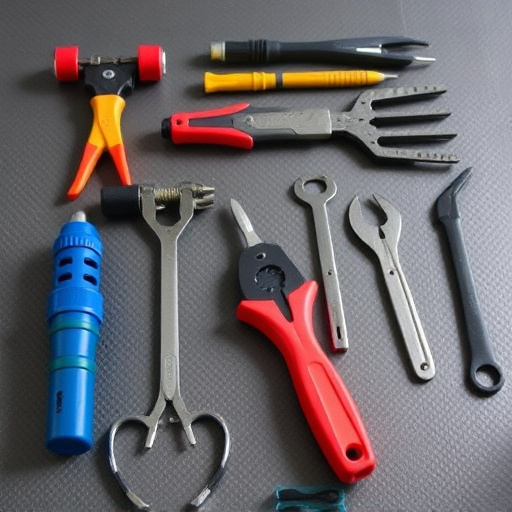
Achieving color matching excellence is a critical aspect of vehicle body shop and tire service operations, as it directly impacts customer satisfaction with final reviews. Ensuring accuracy in color matches involves a combination of advanced tools and precise techniques. Auto painting professionals utilize specialized equipment like spectrophotometers to accurately measure and match colors, minimizing variations that can be visible to the naked eye. These devices capture detailed color data, enabling precise adjustments during the mixing process.
Additionally, expert technicians employ various techniques to perfect color matching. This includes thorough surface preparation, where paint surfaces are meticulously cleaned and smoothed to ensure optimal adhesion and finish. The use of high-quality paints and coatings, along with meticulous application methods, further enhances accuracy. By adhering to these rigorous standards, vehicle body shops can deliver superior results, fostering customer trust and encouraging positive reviews for their auto painting and tire services.
Color matching excellence plays a pivotal role in shaping customer satisfaction and reviews. By understanding how our eyes interpret colors, leveraging psychological insights into buyer preferences, and employing accurate tools and techniques, businesses can ensure that their products’ colors meet or exceed expectations. This, in turn, fosters positive reviews and strengthens customer relationships, highlighting the importance of color matching excellence in today’s competitive market.
